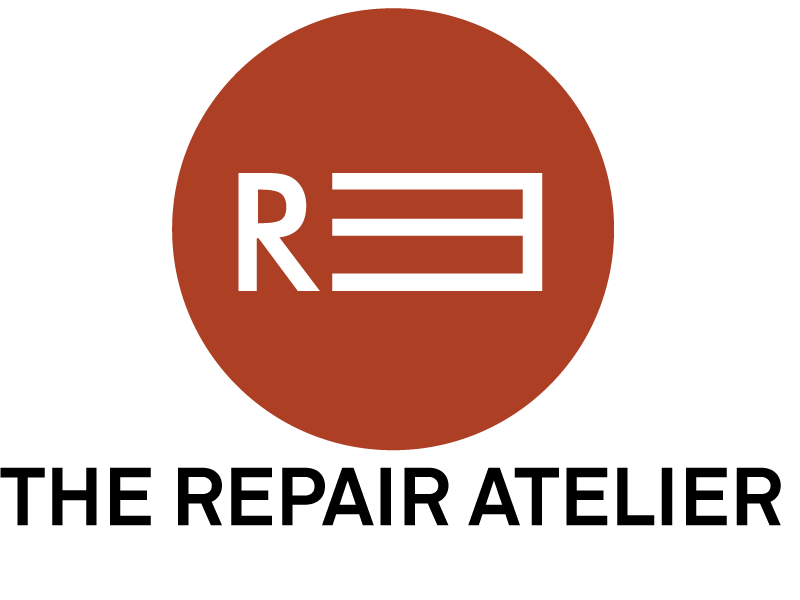On Mending
By Jessica Urick
For textile conservators, mending fabric has historically meant obscuring markers of age and use—cleaning, stitching, and aligning loose threads. But what do you do when the existence of physical damage is necessary for ideological repair? Sometimes, true mending requires leaving damage intact, letting physical evidence tell a story without erasure, and reassembling the broken pieces of a narrative. Damaged textiles bear physical proof of people and their care, trauma, and love. Who used this? Where were they? What caused this tear or that stain? When the work of mending is physical, conservators stitch, stitch, stitch. When the work of mending is intangible, they climb into a messy, nuanced space between the unavoidable humanness of textiles and the complex bias of an outsider peering into someone else’s story. Mending—of fabric or histories—requires a community working together to lift and support the full weight of each textile.

